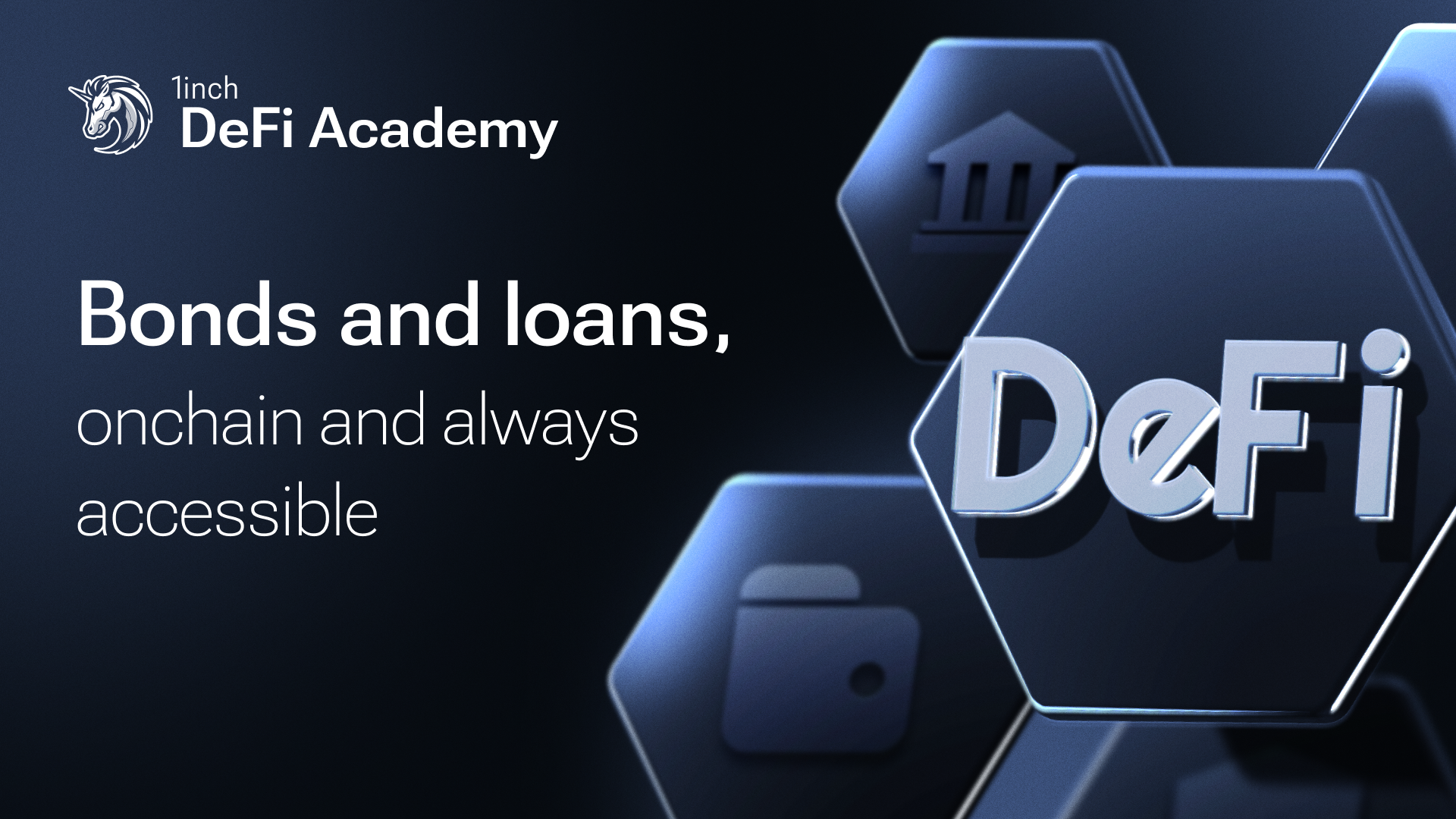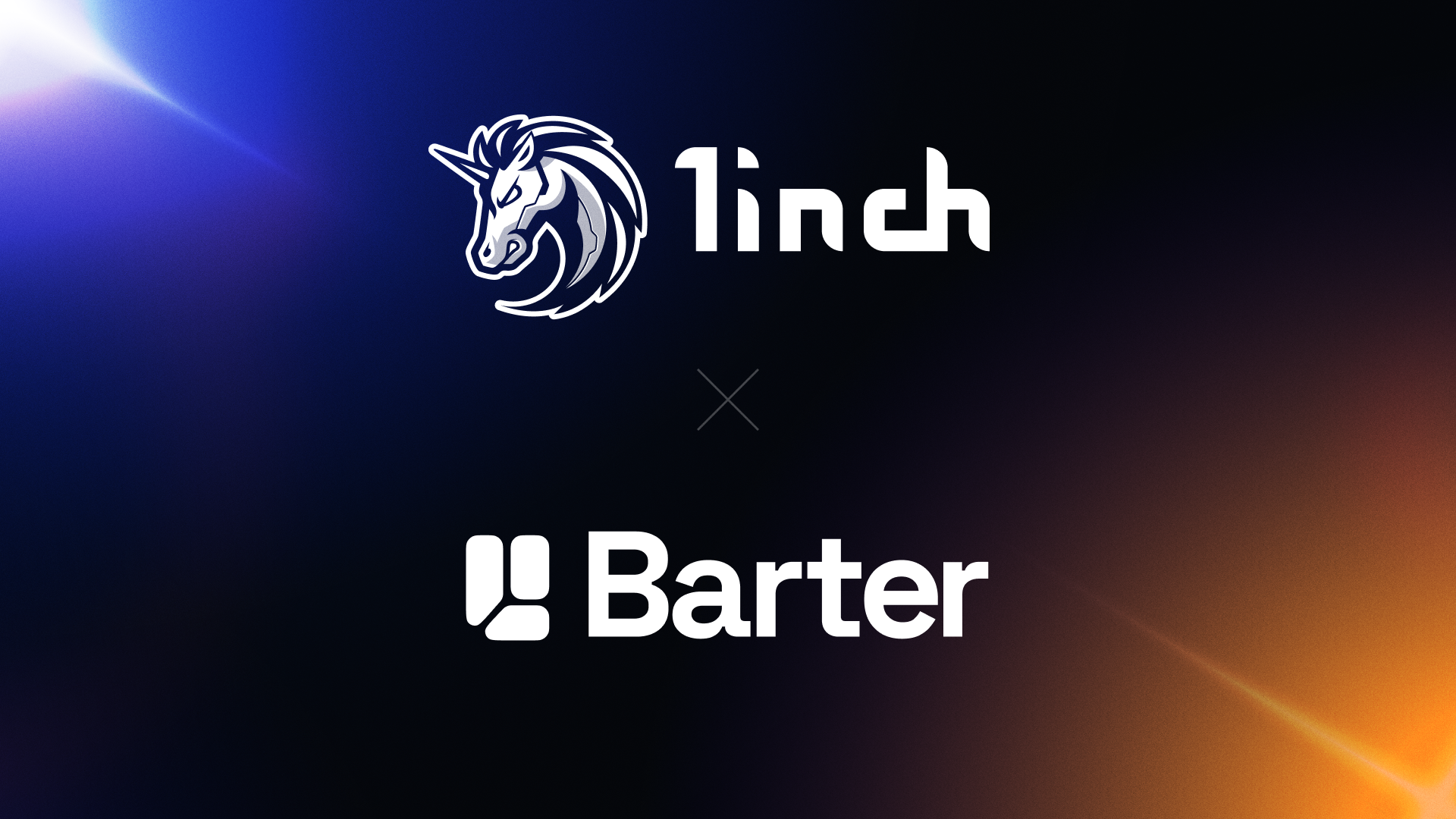How bonds and loans work in a tokenized format

Tokenized bonds and loans preserve traditional features while adding automation, transparency, and continuous market access through blockchain networks.
From U.S. Treasuries to onchain lending protocols, tokenized bonds and loans offer a new framework for issuing, transferring, and managing fixed-income instruments via blockchain networks. These digital formats maintain the core features of traditional debt, including interest payments, defined maturity dates and repayment terms. At the same time, they introduce smart contract automation, increase transparency through public ledgers and broaden access via fractional ownership and decentralized platforms.
What are tokenized bonds and loans?
Tokenized bonds and loans are blockchain-based representations of conventional debt arrangements. Instead of receiving a paper bond certificate or a digital loan agreement in PDF form, investors hold tokens in their wallets that reflect the terms and value of the instrument. These tokens are secured by smart contracts and can be programmed to distribute payments, track ownership and enforce terms without manual intervention.
Ownership is recorded onchain in a tamper-proof format, and key lifecycle events - such as coupon payments or principal repayment - are executed according to code. This reduces administrative overhead and provides a verifiable audit trail of transactions.
How tokenized bonds work
Tokenized bonds are digital versions of traditional fixed-income securities - such as sovereign or corporate bonds - issued and operated on blockchain networks. The bond terms are embedded into smart contracts that automate payments and track investor positions.
Issuance: Institutions issue tokenized bonds by representing each bond unit as a digital token. Each token represents a proportional share of the overall bond issuance.
Terms and automation: Smart contracts set the bond’s core terms - such as interest rate, maturity and payment intervals - and automatically handle interest distribution and ownership updates.
Trading: Tokenized bonds can be exchanged peer-to-peer or traded on secondary marketplaces. This structure allows for greater flexibility in how fixed-income assets are accessed and managed.
Settlement: Onchain settlement occurs in real time or near-real time, eliminating delays associated with traditional clearing systems and reducing counterparty risk.
Example:A tokenized U.S. Treasury security, such as a short-term note or bill, is a blockchain-based representation of a real government-issued instrument held by a regulated custodian. These tokens can be issued on Ethereum or a permissioned blockchain. Interest accrues automatically through smart contracts, either by increasing the token's value over time or enabling holders to claim accrued interest. Investors can resell their holdings at any time, including in fractional units, depending on platform liquidity and compliance rules.
How tokenized loans work
Tokenized loans are created and serviced onchain, where the loan agreement is represented as a token, often a non-fungible token (NFT). These loans can be funded by an individual lender or by multiple participants who share in the repayments.
Borrowing: A borrower agrees to specific terms through a lending protocol or platform. Loan terms typically specify the amount borrowed, interest conditions, repayment timeline and required collateral.
Tokenization: The loan agreement is converted into an NFT that encodes the terms of the obligation. In some cases, lenders receive separate tokens representing their interest in the loan.
Collateralization: Most on-chain loans are overcollateralized using crypto assets or tokenized real-world assets. Collateral is held in a smart contract until repayment or liquidation.
Repayment: Principal and interest are repaid onchain, and smart contracts enforce the payment schedule. In case of non-payment, the collateral may be liquidated or enforcement may proceed offchain if legal agreements support it.
Use case:Platforms like Centrifuge enable small businesses to tokenize invoices or property titles and borrow stablecoins directly onchain. Repayments to lenders are handled by smart contracts, with transparent repayment tracking and collateral management.
How tokenized bonds and loans are repaid
Redemption is the repayment of the principal amount once the bond or loan reaches maturity. For tokenized instruments, smart contracts automate interest disbursements and principal repayment.
Based on how the instrument is set up, repayments can happen in regular currency offchain or in digital tokens like stablecoins. Blockchain records ensure all transactions are timestamped and verifiable. Nonetheless, investors should still evaluate the issuer’s credibility and the reliability of the smart contracts before participating.
Why tokenize bonds and loans?
Tokenization offers several practical advantages. These instruments can be traded at any time, enabling global, round-the-clock market access without traditional operating hours. Because tokenized instruments can be fractionally owned, they lower the capital required to participate in bond or loan markets.
Smart contracts reduce operational costs by automating tasks like interest disbursement and recordkeeping. Settlement occurs faster than in traditional finance, minimizing counterparty risk. Onchain records provide transparency, while programmability enables features like transfer restrictions, automated compliance and flexible interest structures. Collectively, these features can make debt instruments easier to issue, manage and access.
Barriers to adoption
Despite their potential, tokenized bonds and loans face several limitations. One key obstacle is the lack of regulatory clarity, as legal requirements vary significantly across regions.
Technical risks also play a role. Smart contracts are vulnerable to bugs or design flaws that can result in loss of funds or incorrect execution. Legal enforceability is not always clear – particularly when repayment or default resolution requires offchain intervention.
Market infrastructure is still developing. Many tokenized fixed-income instruments trade on isolated platforms with limited liquidity. A lack of standardization across protocols also makes integration and interoperability more difficult. Lastly, investor education remains limited, especially among participants unfamiliar with DeFi mechanics or blockchain risk factors.
Tokenized bonds and loans offer a more flexible and programmable way to engage with fixed-income instruments. They preserve the core structure of traditional debt while improving efficiency through automation and transparency. As blockchain infrastructure matures and legal frameworks adapt, tokenized formats could play a growing role in how capital is borrowed, lent and repaid in a digital environment.
Stay tuned for more insights from 1inch as we explore the latest trends in DeFi!




























